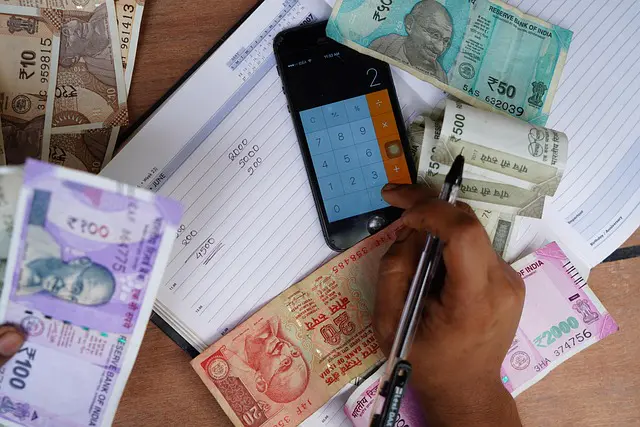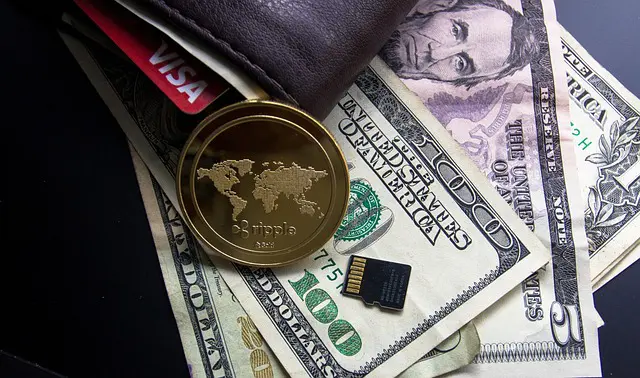The influence of cutting-edge technology on payment methods extends beyond mere modification; it has ushered in a complete paradigm shift.
The Official Monetary and Financial Institutions Forum (OMFIF) has conducted an in-depth review of future payment methods. The widespread ownership of mobile phones and the advancements in telecommunications technology are crucial drivers of the digital economy. Retail and private enterprises are experiencing a burgeoning need for real-time settlement capabilities and low-cost payment solutions. Consumers increasingly value the ability to transfer funds instantly, around the clock. During the COVID-19 pandemic, considerations of public health underscored the efficiency, convenience, universal accessibility, and safety of digital transactions, thereby reducing dependency on cash.
Despite these advancements, OMFIF's report, titled "Digital Currency: The Problem of Trust," indicates that cash remains the most favored payment method globally, both in developed and emerging economies. Respondents generally perceive that cash performs optimally across five key dimensions: security, privacy, ease of use, speed, and acceptability. Following cash, credit and debit cards are viewed favorably.
Core Attributes and Consumer Preferences
When survey participants were questioned about the most desirable features of payment methods, security emerged as the paramount concern across all demographics. Conversely, the speed of transactions was deemed the least critical feature. Digital currencies scored poorly on security aspects while excelling in transaction speed. This discrepancy suggests that for digital currencies to gain widespread acceptance, significant enhancements in security measures are imperative.
Security vs. Speed: The Trade-Off
The disparity in the perception of security and speed between traditional cash and digital currencies can be attributed to several factors. Traditional cash transactions are tangible and straightforward, offering a sense of security and control to users. In contrast, digital currencies, while offering rapid transaction times and increased efficiency, face challenges related to cybersecurity, fraud prevention, and regulatory oversight. The decentralization inherent in digital currencies further complicates the implementation of robust security protocols.
The Future Landscape of Payment Methods
The future of payment methods will likely involve a hybrid approach, integrating the strengths of both digital and traditional cash transactions. Enhancements in blockchain technology, cryptographic security, and regulatory frameworks will play pivotal roles in bolstering the security and reliability of digital currencies. As these improvements materialize, digital currencies may begin to rival traditional cash in terms of security, thereby gaining greater acceptance among consumers and businesses alike.
In summary, while digital currencies offer unparalleled speed and efficiency, their widespread adoption is contingent upon addressing significant security concerns. Traditional cash remains a steadfastly trusted medium due to its perceived security, privacy, and ease of use. Future advancements in technology and regulatory measures will be crucial in bridging the gap between digital and traditional payment methods, fostering a more integrated and secure financial ecosystem.











